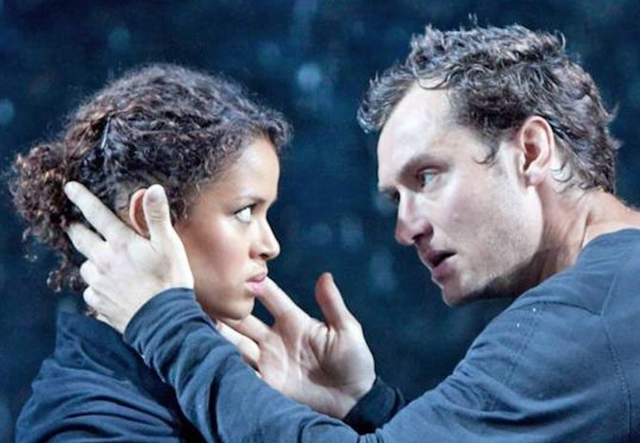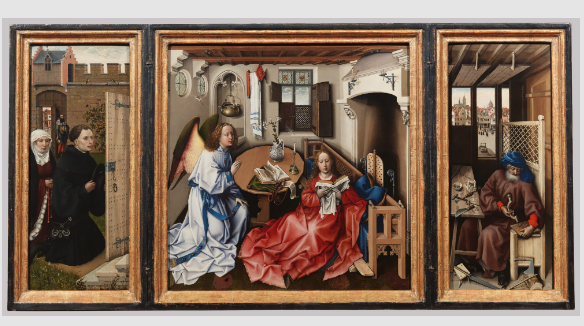LOVE & FEAR & YODA & HAMLET

“My goal, in short, is to help explain Shakespeare, not to endorse the religion he had or the religion he became. But we cannot fully grasp Shakespeare’s own aims, I argue, until we come to terms with those religions too.” Jeffrey Knapp, 2002, Shakespeare's Tribe There is a sort of hinge in Shakespeare’s Hamlet , built on a contrast or sometimes proposed complementarity of love and fear. There is also a universe of Yoda memes on the internet, many of them dealing with Master Yoda’s thoughts on the dangers of fear and the Dark Side. What might Yoda and Hamlet have in common regarding the themes of love and fear? Early in the play, we learn that Hamlet would rather speak of mutual love with his sentinels and his friend Horatio, than hear them profess anything about their duty to serve him. We also learn of Hamlet’s great love expressed in letters to Ophelia. It seems Prince Hamlet would, by far, prefer to dedicate himself to love rather than to revenge. Laertes, howeve


